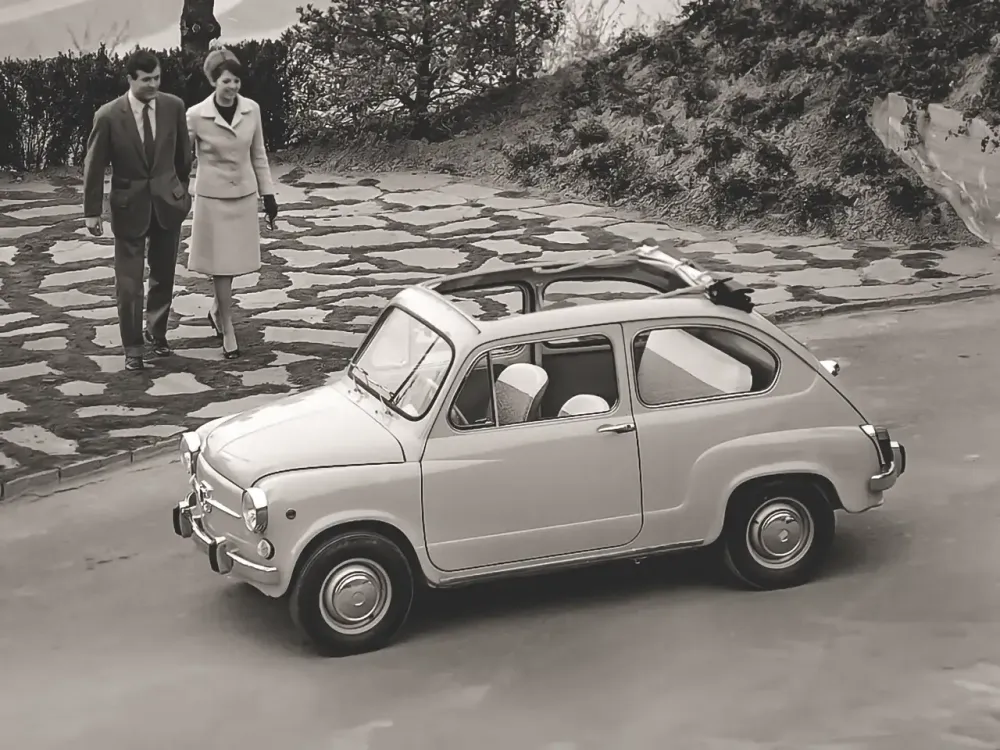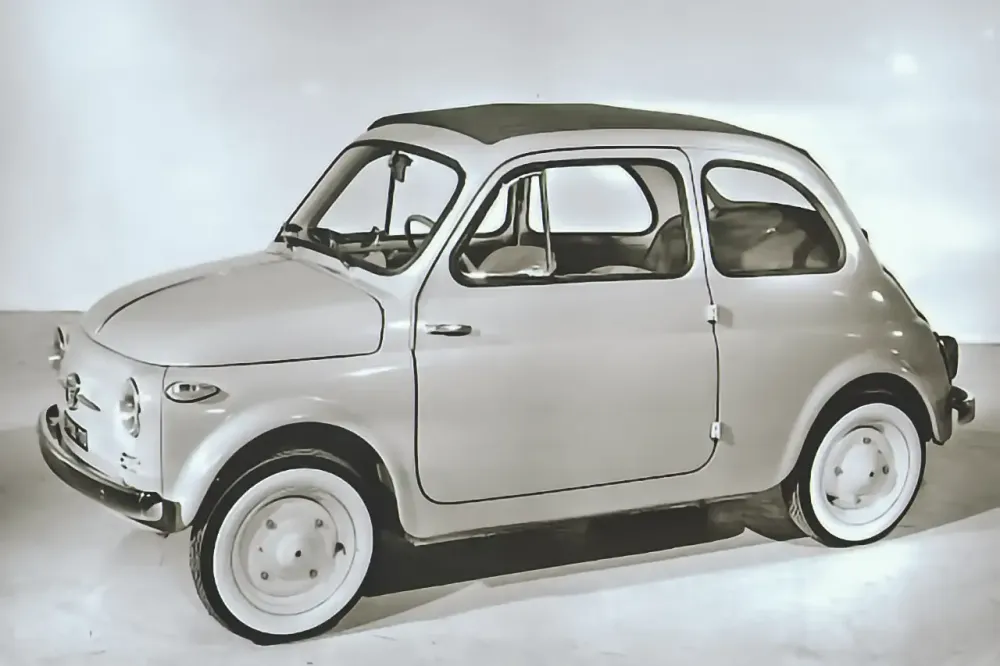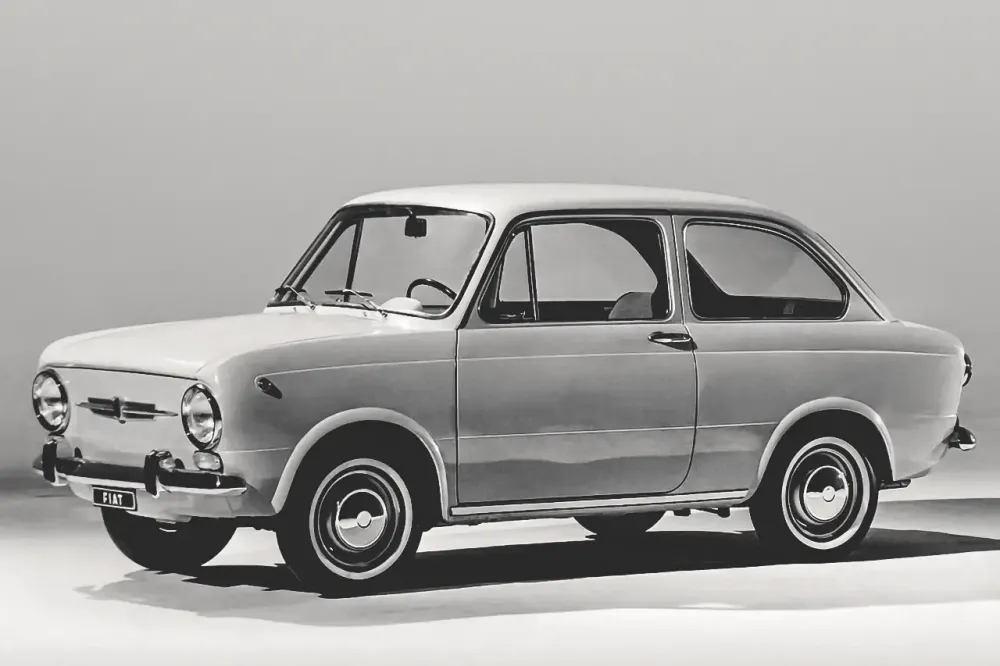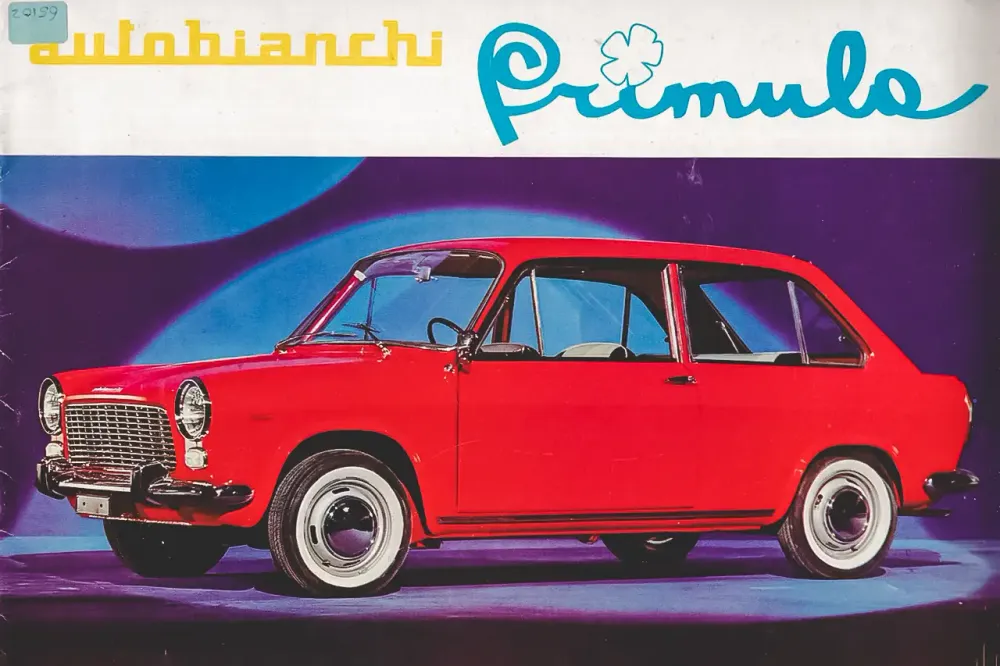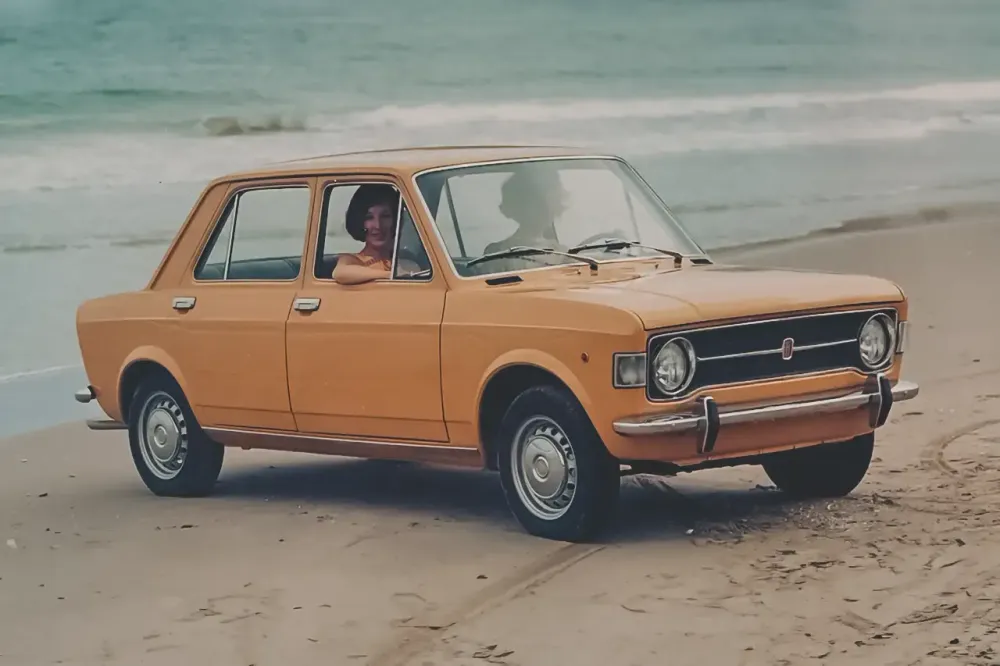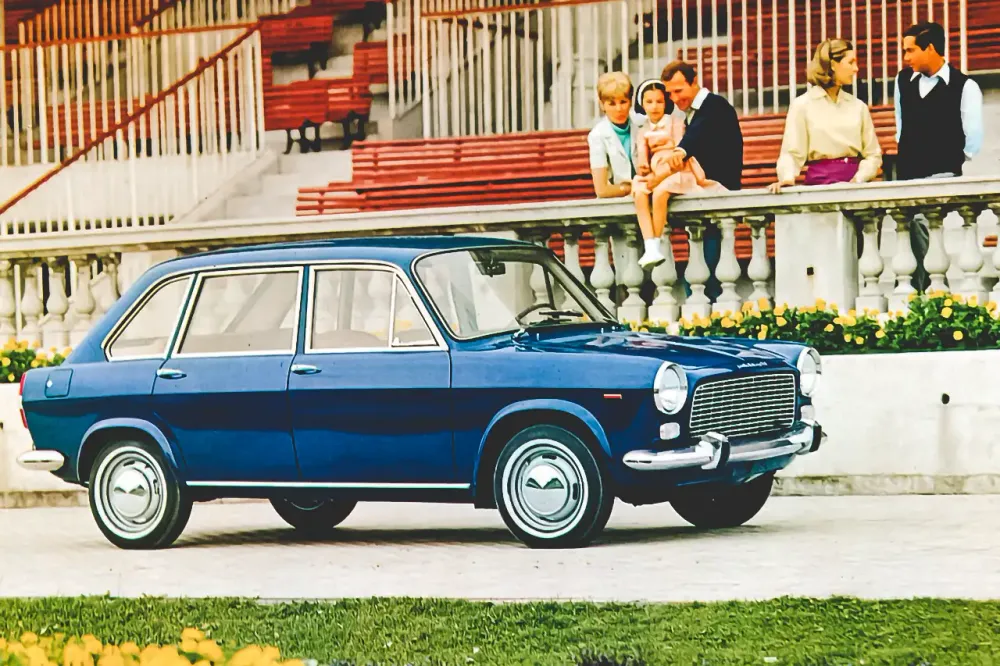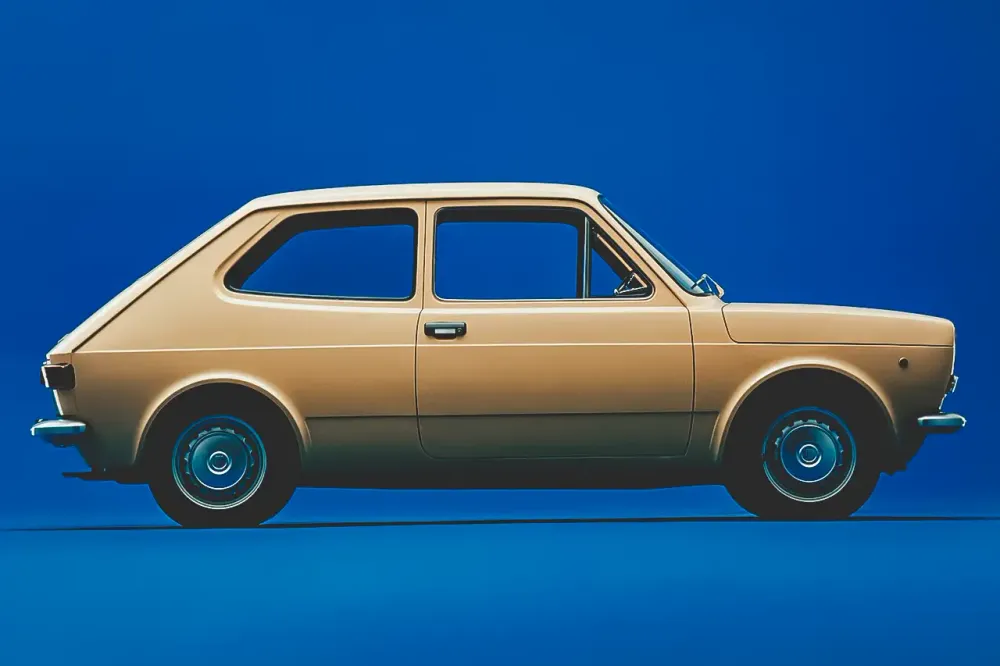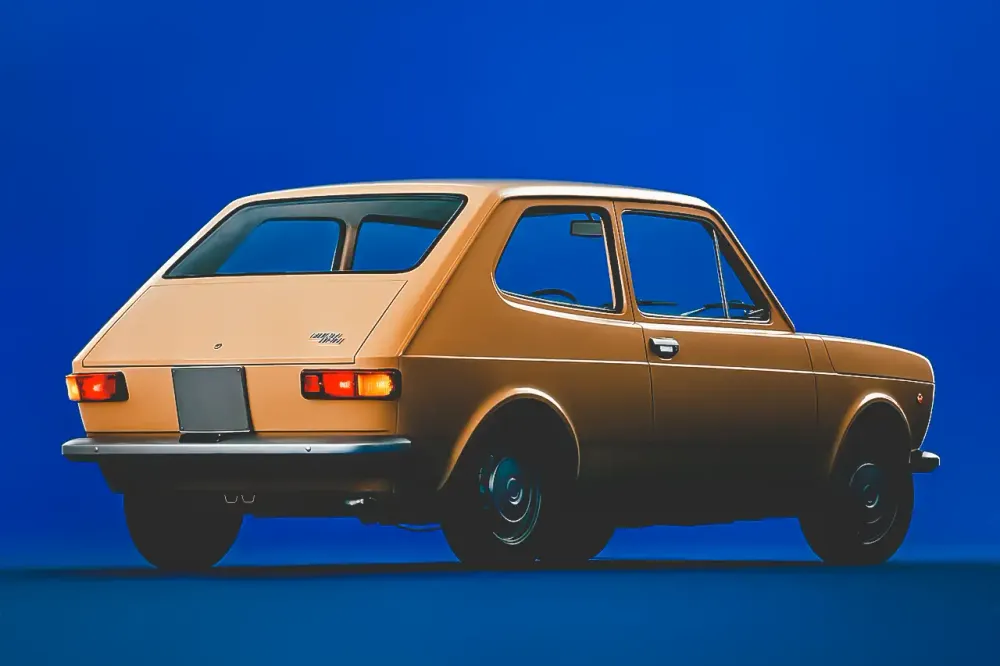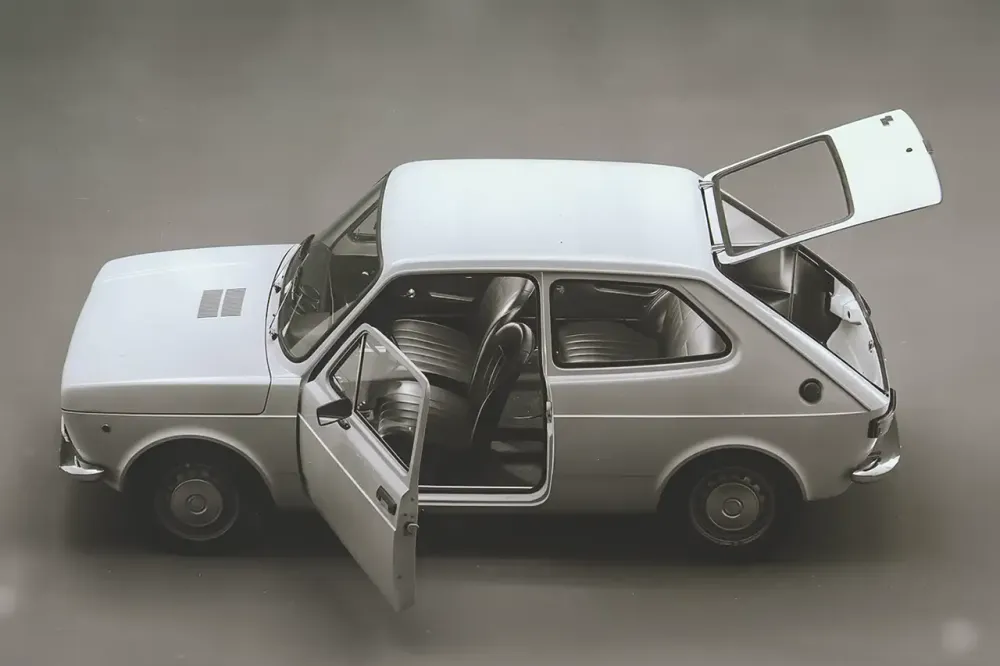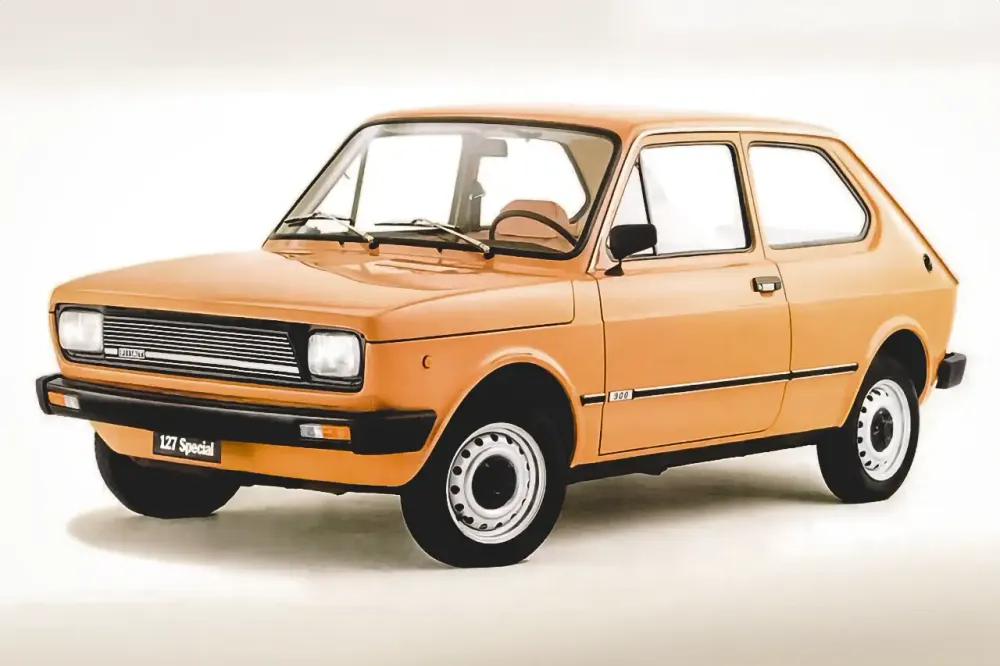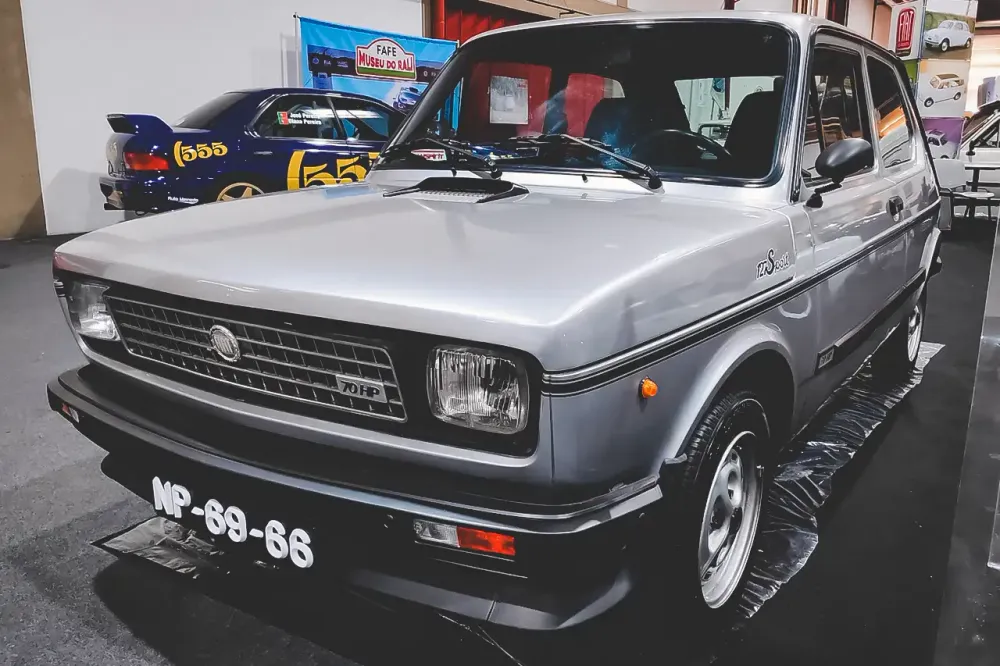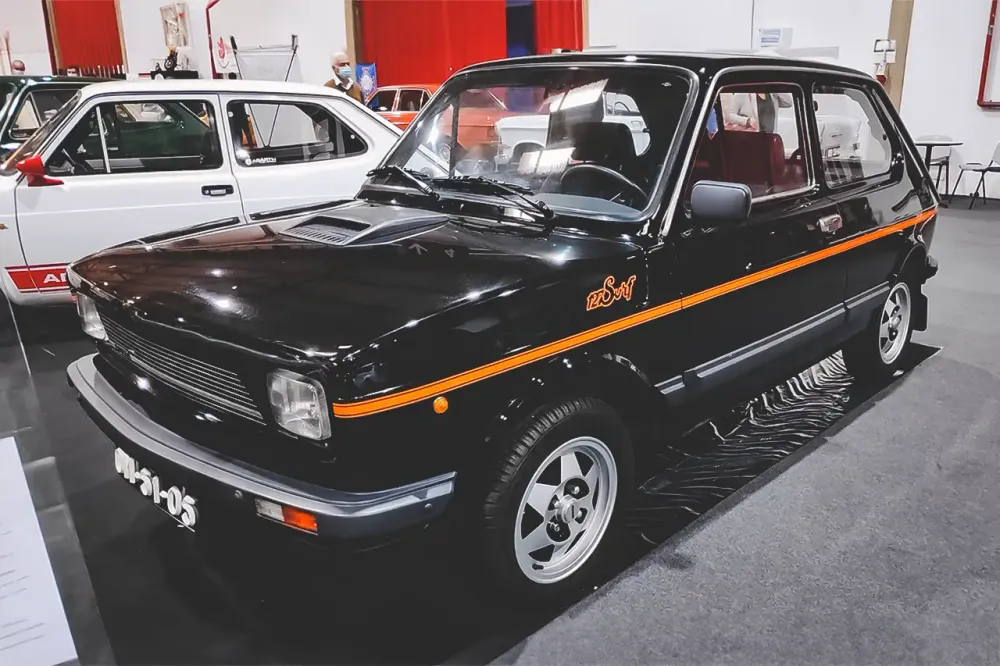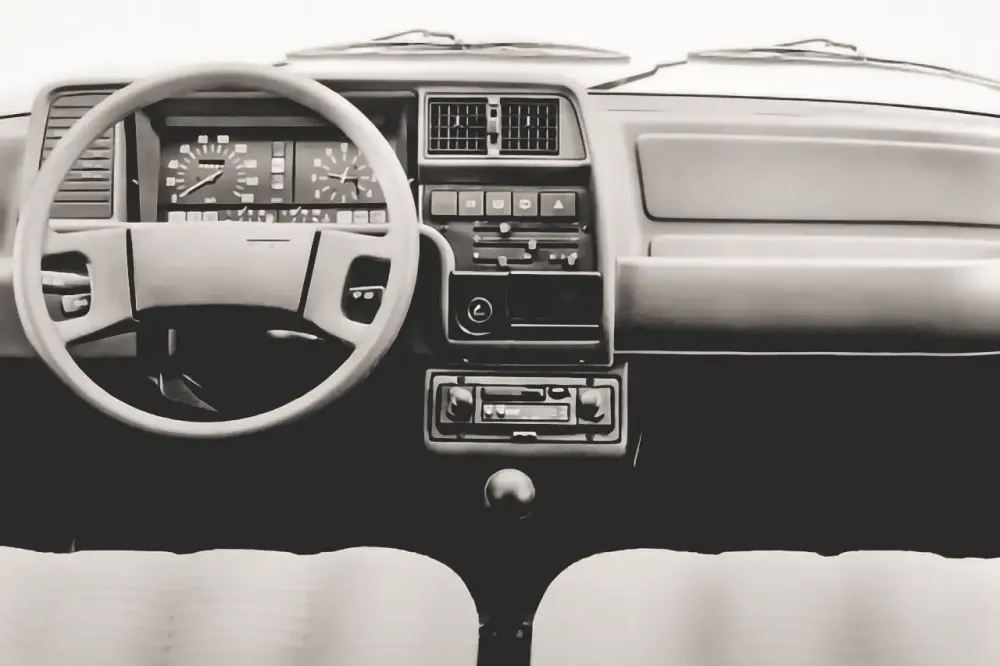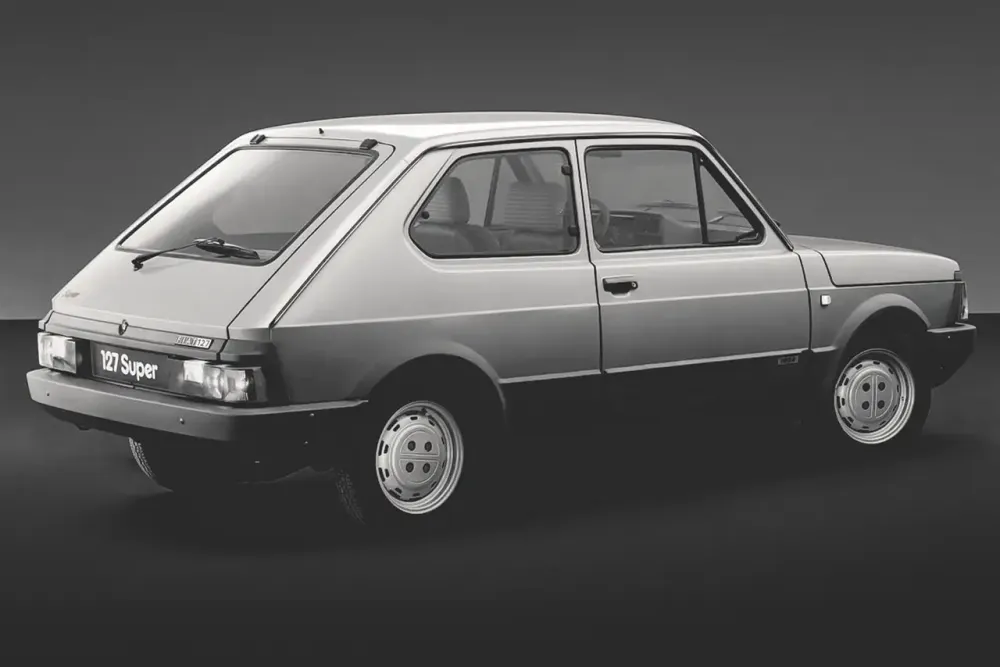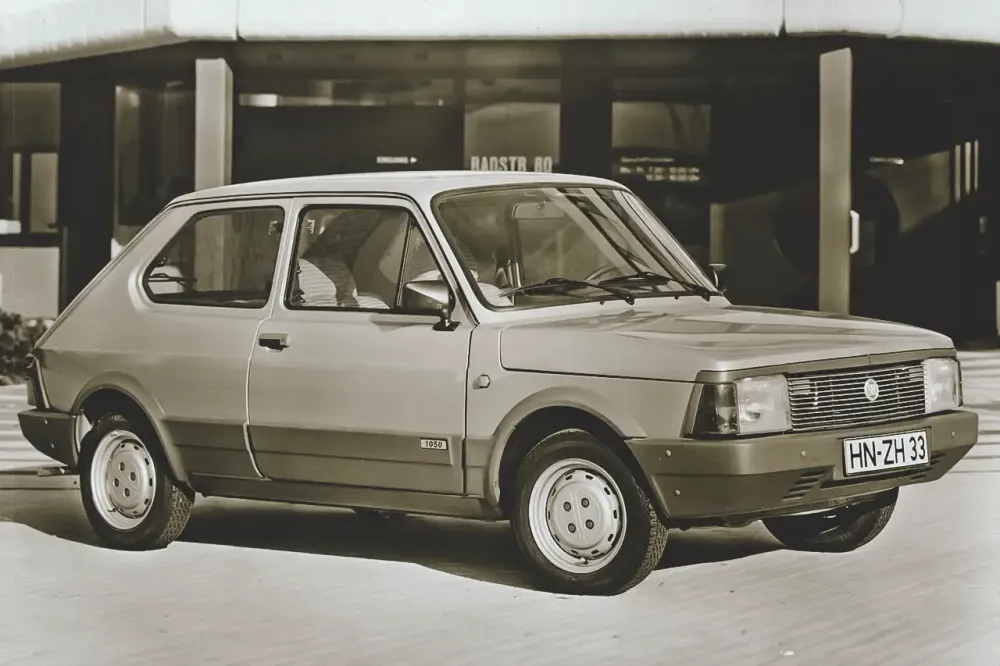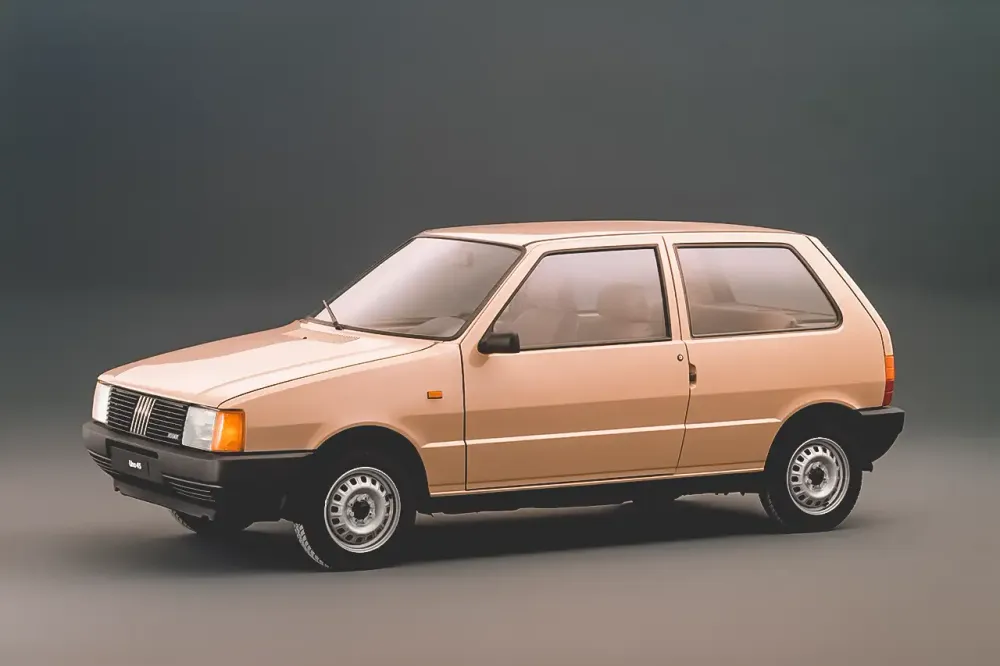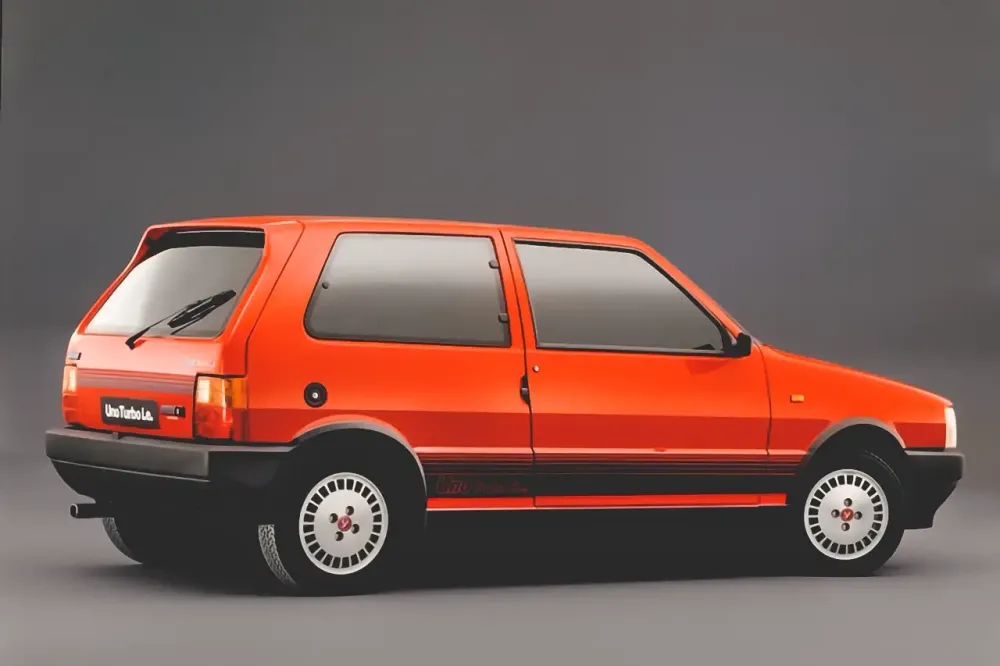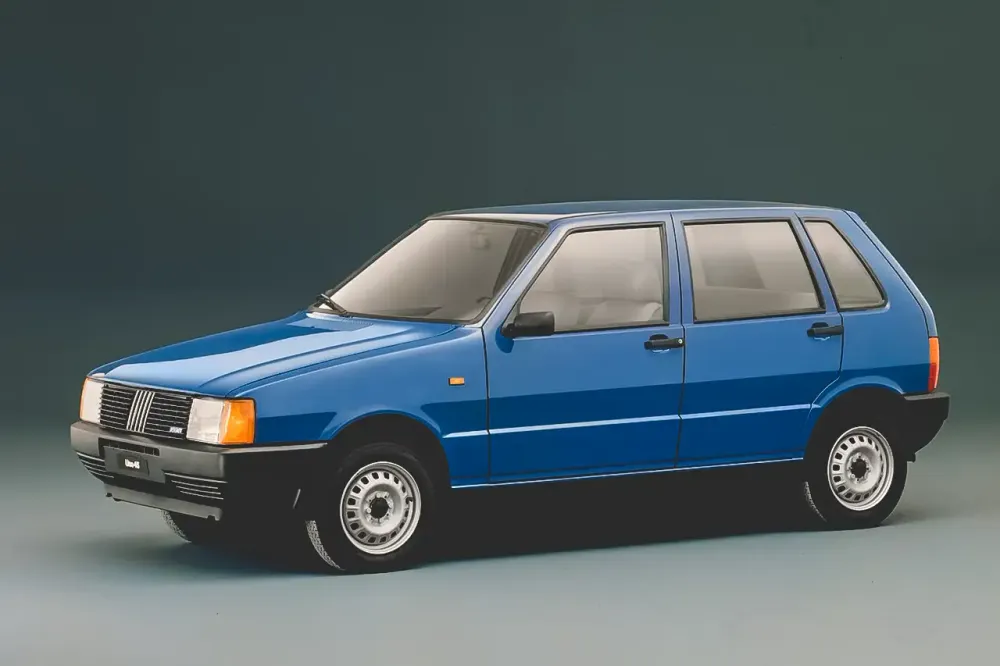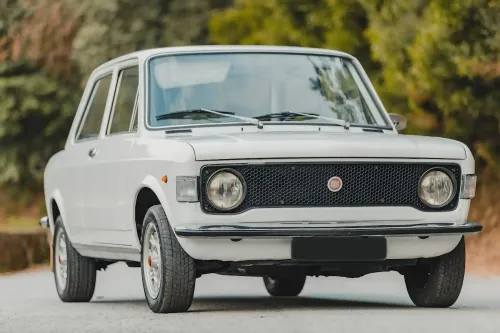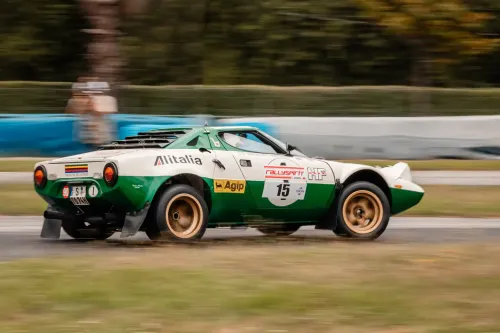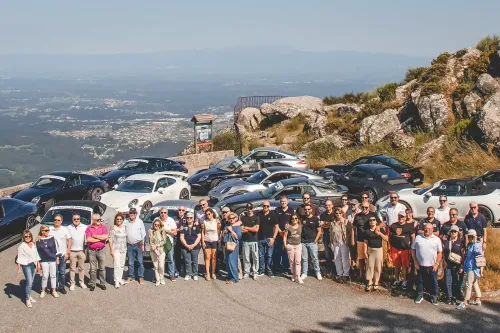50 years of Fiat 127
Fiat's rear-engined cars were responsible for the company's enormous growth. The 600, 500 and 850, in their numerous derivations, were successful beyond all expectations, and continued to sell well, even after the format became somewhat outdated. Only the unprecedented success of the Mini was able to push Fiat into a new format.
After testing the concept with the Primula, the same mechanics served as the basis for the 128, which was an immediate success. All that was missing was a compact model based on the same technical principles to rival the Mini on the market.
Finally there was a compact car with transverse engine with a proper gearbox arrangement and unequal length driveshafts.
With a wheelbase shortened by more than 20cm compared to the 128, with almost 30cm less overall length, the 127 had a perfect shape for the city.
To avoid compromising cabin room, the 127 used the same platform as the 128 but, it would only maintain the McPherson strut system at the front, using the more rudimentary transverse spring at the rear. The 903cc engine, which, in essence, was similar to the one in the 850, offered 47hp.
A year after its launch, it received a third door, which greatly increased its versatility and, on that same year, it took the title of European Car of the Year, two years after the 128 had achieved the same feat.
Commercial success was immediate, having been the best-selling model in Europe for two consecutive years.
Throughout the first series, the 127 remained largely unchanged, while rivals emerged. Then, in 1977, the rejuvenation of the model became imperative, which took place with a profound face-lift, including larger windows at the back (taking advantage of molds from the Brazilian derivation, the 147) and a longer trunk lid, improving cargo access.
For this second series, the 1049cc and 50hp engine became available in some markets, as well as a 1300cc and 45hp diesel engine, then the smallest diesel in a car.
In the early 80s, Fiat Uno development was already in its final stages but, in true Latin fashion, there were delays. So, in 1982, the 127 got a new, unplanned generation, with the aim of keeping it selling for another year, until the definitive replacement.
The look was much more modern, of somehow strange, with updated interiors, wraparound bumpers and larger headlight clusters.
With the arrival of the even more successful Fiat Uno, the 127's career came to an end, but not for good. This is because in Latin America, an exclusive version for that market was produced, called 147. Although the base was the same as the European model, the aesthetics were different, and there was also a 1300 engine.
When the Series III of the 127 ended, the 147 It underwent restyling that brought it closer to the appearance of more modern Fiats and was exported to some European markets under the name 127 Unificato.
In the hisoty books, the most importante record is usually the one of who came first with an idea, and in this case it was BMC with the Mini. However, the Fiat 127 was the car which really perfected the concept making it the definitive template for front wheel drive cars.
Technically and factually, it is one of the most influential cars of all time.



